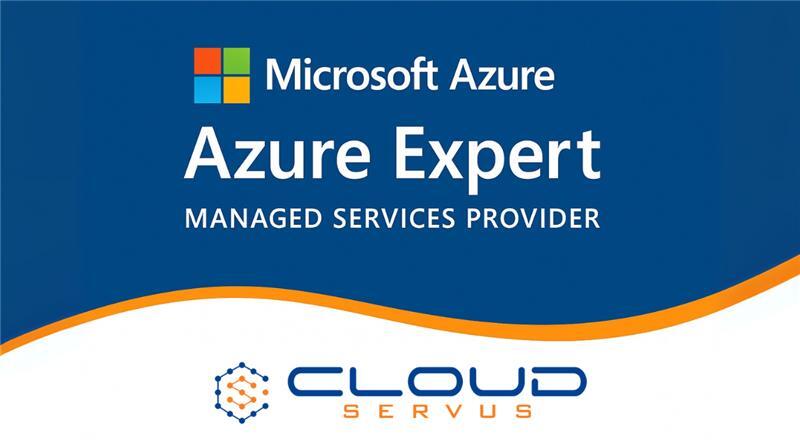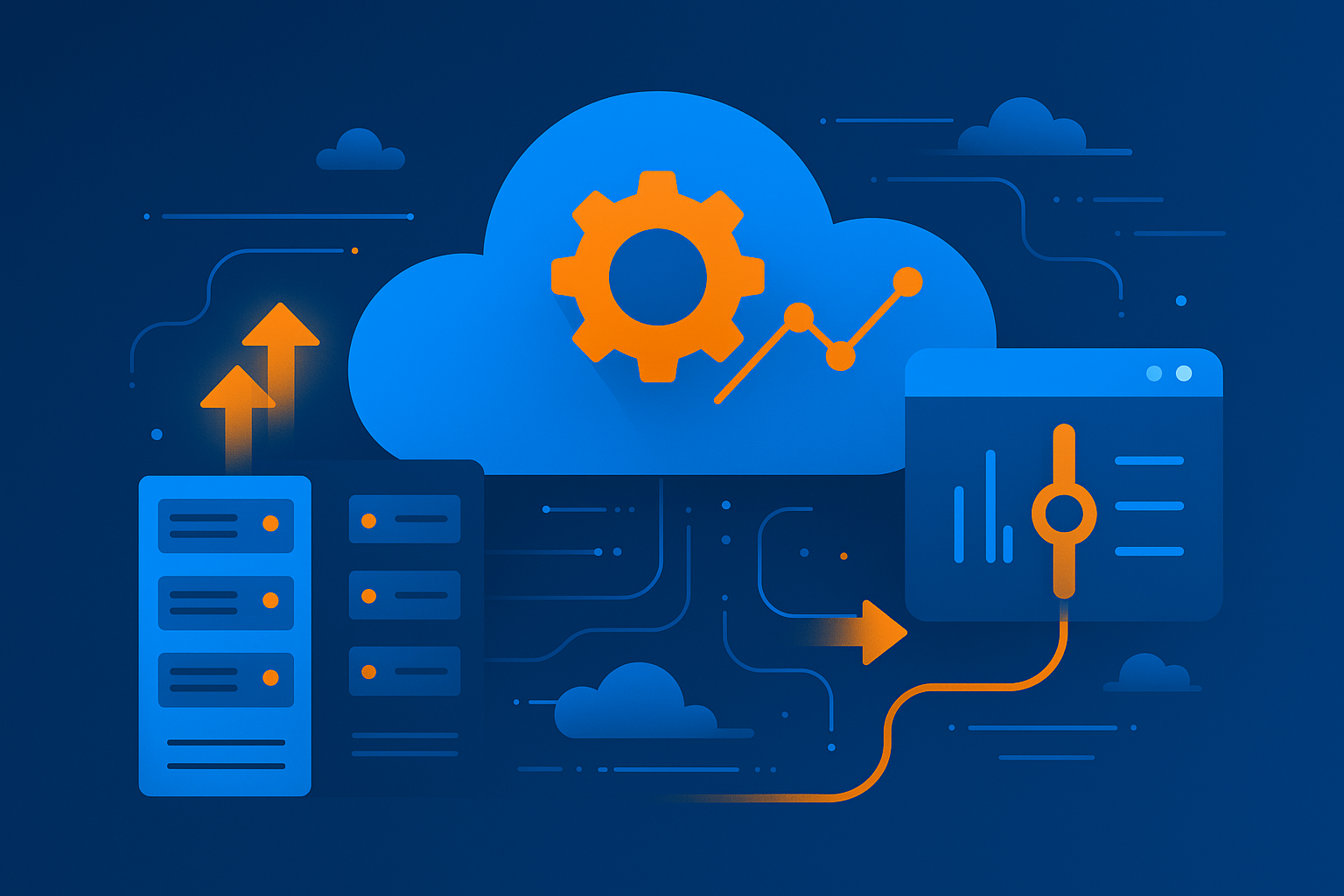CloudServus Achieves Azure Expert MSP Certification: What It Means for Our Customers
CloudServus is proud to announce that we have officially earned the Microsoft Azure Expert Managed Services Provider (MSP) certification—the highest...
Cloud migration isn’t just a lift-and-shift exercise anymore. For most IT leaders, it’s a long-term strategy focused on performance, cost control, and operational resilience. Azure continues to be a preferred cloud platform for organizations aiming to modernize infrastructure while keeping budgets and governance in check.
But moving to the cloud doesn’t guarantee savings or speed. Without optimization at the migration stage, enterprises risk carrying legacy inefficiencies into new environments. In this post, we’ll walk through best practices for modern Azure migrations, focusing on how to streamline cost, scale effectively, and ensure your Azure environment is set up for continuous improvement.
Organizations that treat cloud migration as a “one and done” IT project often end up overspending. Microsoft Azure offers powerful tools, but without right-sizing, architectural planning, and workload analysis, cloud costs can spiral.
A modern migration strategy must prioritize:
These aren’t post-migration concerns, they’re part of doing the migration right.
Start with an Azure Migrate assessment to evaluate current workloads. Understand:
Use Azure’s Total Cost of Ownership (TCO) Calculator to model expected savings and compare scenarios.
Rather than lifting workloads as-is, optimize for:
Azure Advisor and Cost Management tools provide recommendations as you migrate. CloudServus also offers a tailored Azure Cost Optimization Assessment to help align your environment to usage patterns.
Use native services like:
Automation reduces waste and frees your team to focus on strategic work.
Where possible, rebuild legacy apps with cloud-native components:
Cloud-native architectures unlock greater agility, reliability, and cost control.
Before you migrate, establish policies and baselines:
Strong governance ensures that your new environment doesn’t sprawl uncontrollably.
CloudServus regularly helps clients navigate these issues by ensuring that the environment you move into is secure, right-sized, and scalable.
Cloud optimization doesn’t stop once you’re live. That’s where FinOps, cloud financial operations, comes in. It’s the practice of uniting engineering, finance, and operations teams to manage cloud costs effectively and continuously.
CloudServus has partnered with FLOAT to bring leading FinOps practices to Azure environments. Through this partnership, we help organizations:
Our Cloud FinOps services deliver ongoing optimization, not just one-time savings.
A successful Azure migration requires more than technical tools, it takes strategy, planning, and post-deployment optimization. CloudServus offers:
We combine deep expertise in Microsoft cloud architecture with a common-sense approach to business and budget alignment.
Schedule a Cloud Strategy Consultation. Let’s build an Azure environment that delivers performance, agility, and long-term value.

CloudServus is proud to announce that we have officially earned the Microsoft Azure Expert Managed Services Provider (MSP) certification—the highest...

CloudServus had the privilege of joining fellow Aggie-owned and Aggie-led companies at Texas A&M University last weekend, where we were honored as a ...

At CloudServus, we’re hearing about Azure AI Foundry more and more in our conversations with CIOs, IT directors, and data leaders. As organizations...
